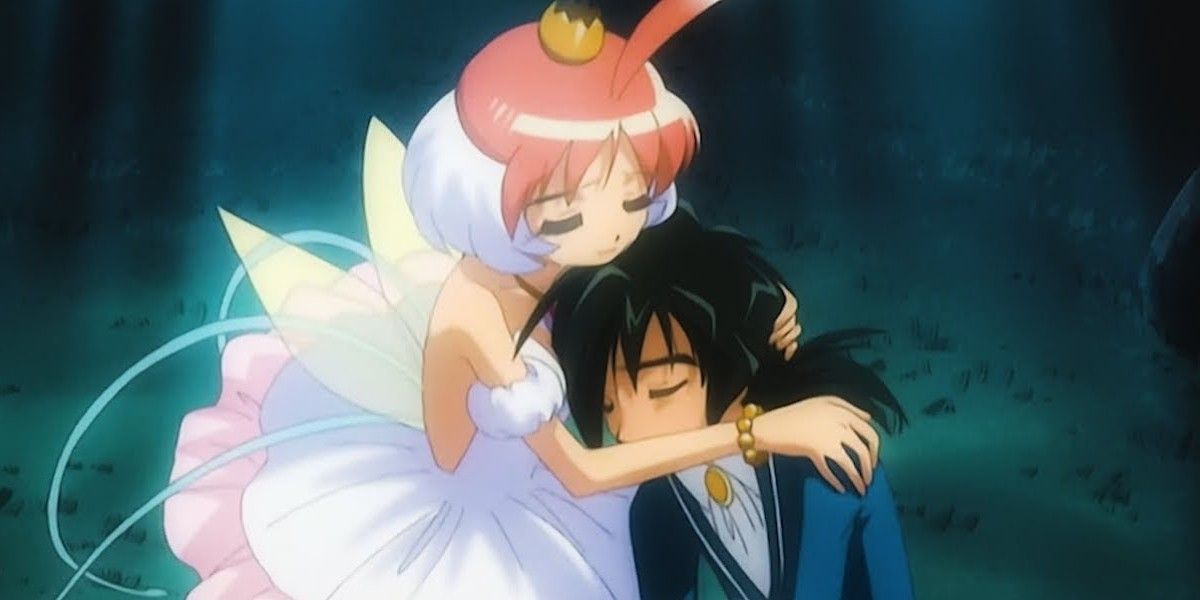Princess Tutu is a 26 episode anime made by Hal Film Maker that came out in 2002. The show was created by Ikuko Itoh, the animation director for the original Sailor Moon. However, Princess Tutu is far less known than Sailor Moon despite being a strongly written magical girl story. One of the biggest reasons for the show's obscurity is its title, which falsely leads anime fans to think the show is one that is aimed exclusively towards a younger demographic.
The truth is that Princess Tutu, while indeed focusing on a young girl in a ballet school, is far more centered on its genderless and ageless themes of free will and destiny. The main villain of the story, a supernatural storyteller, wishes to write a tragedy in which the characters die, get heartbroken, and have miserable fates. As the characters slowly become self-aware of this cycle, they try to break out of this destiny, even if it means some of them won't necessarily get the ending they want.
The Princess Tutu Title Versus Story
The anime title that pushes many possible viewers away also serves as the main character, Ahiru's magical girl monicker. Unlike other magical girls, Ahiru is actually an animal who can turn human and from a human can become a magical girl. She is actually a duck and her greatest wish is to be with the prince at the ballet school. Due to her true nature, she is normally very bad at ballet and is only good as her Princess Tutu alter ego while using it to fight off evil. In other words, Princess Tutu is not really even a character in the story but a persona that Ahiru can use to fight off evil.
What the title cursed the show with is the expectation of only childish fancies, when Princess Tutu actually strives to be a love letter to ballet and fairytales, which can make the series pretty dark and morbid as a result. Every episode even begins with a "once upon a time" and tells an ominous fairytale that questions the happiness of the characters and their agency. The main ballet that Princess Tutu is based on, Swan Lake, ends with Odette dying instead of staying a swan after her prince falls for the black swan. A similar fate is hanging over Ahiru's head over the course of the anime, and the black swan character herself is a human who was kidnapped by ravens and brainwashed to think she is a raven trapped in an ugly human body.
While the show has more dancing than violence, the dark themes are lost on the younger audiences and beloved by older anime fans who watched the show without being dissuaded by its title. There is an art-style dissonance with how the setting is presented and the fact that it is ultimately a playing field for an unhinged tragedy-obsessed writer who indulges in such misfortunes. The ending is bittersweet as well, staying honest to its themes and not diminishing itself by pandering to viewers.
Lastly, the title makes audiences expect a typical magical girl show along with the usual cliches. Princess Tutu defies many magical girl tropes, having a well-written romance, a toned-down color palette, not falling to stereotyped characterizations, and indulging in long transformation sequences. Due to this, even those that dislike magical girl shows can come to appreciate Princess Tutu.
The Show's Themes
Princess Tutu asks a lot of questions when it comes to storytelling, pulling apart narrative elements and calling to question when something is a choice and when something is forced upon a character. The themes and story are subversive and seek to defy fate, and do so while not falling into the same narrative traps many other shows do when going for a similar tone. To exemplify this, one of the main quotes from the show is "Those who accept their fate find happiness; those who defy it, glory," which puts both sides of the coin in a positive light.
The musical and dancing themes are not super tied to the story but serve as a way for the characters to express their emotions. All music and dance tie into fairy tales and ballet, which are hubs of tragic stories that are beloved by many. This is perfect for Princess Tutu, as it is about how much agency the characters have and whether they will accept their written tragic fates or fight against them.
The Legacy Of Princess Tutu
Outside the show and manga, Princess Tutu has had little media and little recognition for its story. The anime has a cult following, one that puts the anime up there with the magical girl greats like Sailor Moon, Revolutionary Girl Utena, and Puella Magi Madoka Magica. Many consider the series' run to be perfect and no sequels or any other media have been made. The narrative comes off as complete, and any more might convolute the characters and story. However, it is a show that also does not deserve to fall into obscurity since it is a great modern fairy tale for audiences of any age.
Princess Tutu is nearing its 20th anniversary. Many years later, loyal fans still cosplay its characters, draw fan art, buy what little merchandise is available, and once in a while rewatch the series. It is these fans that keep the show alive and try to get others to watch and look beyond its unassuming title.

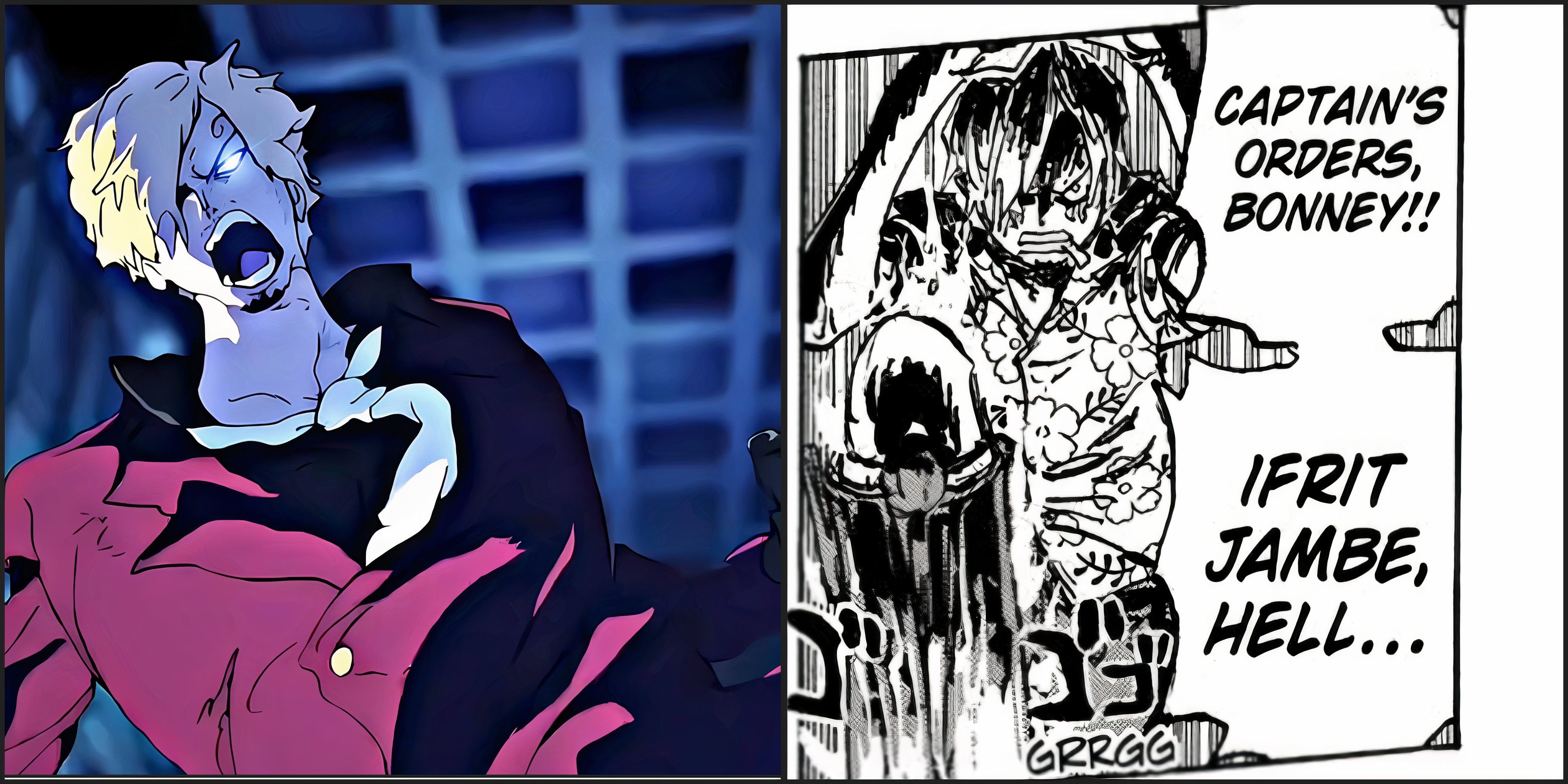
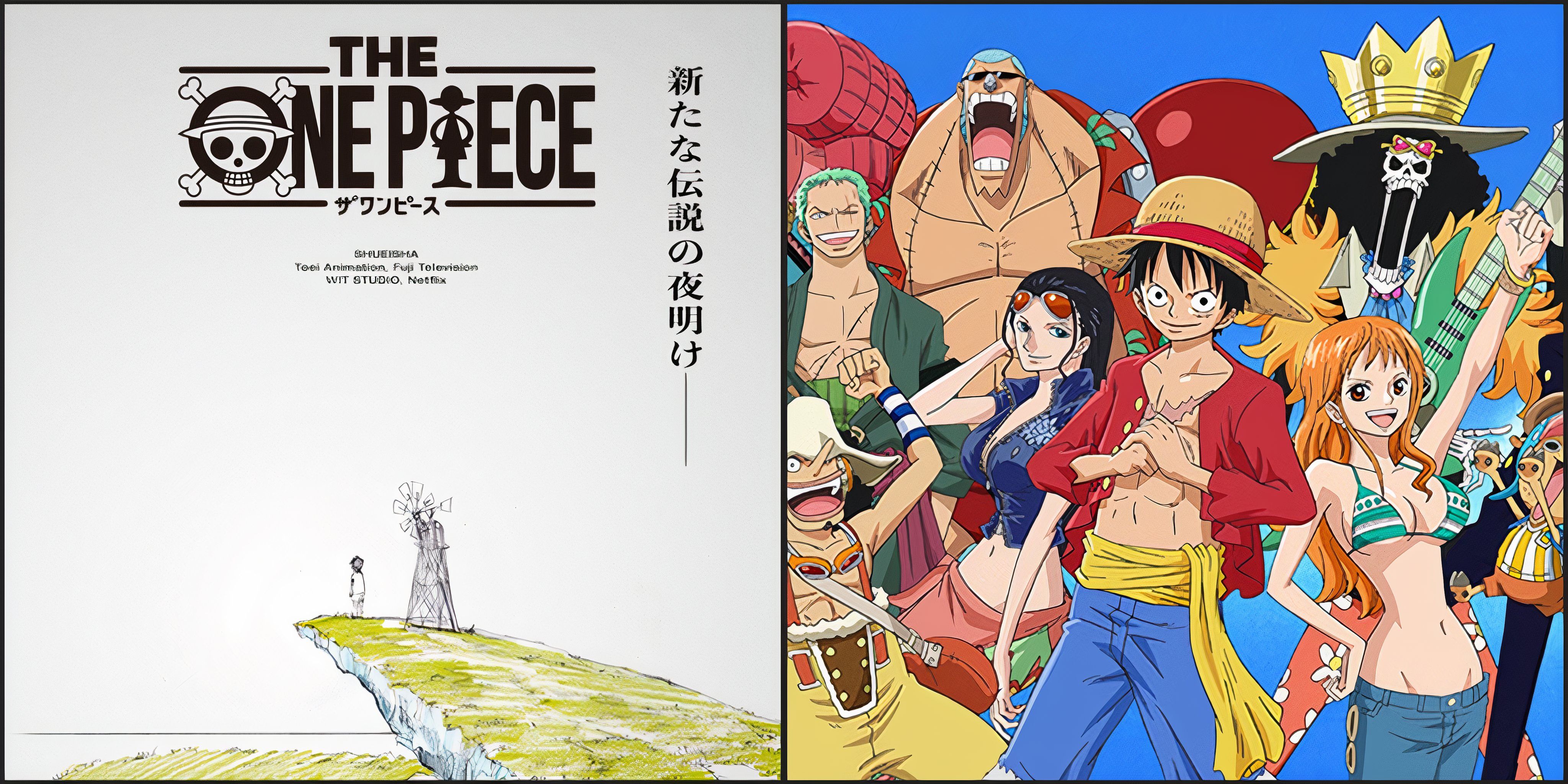
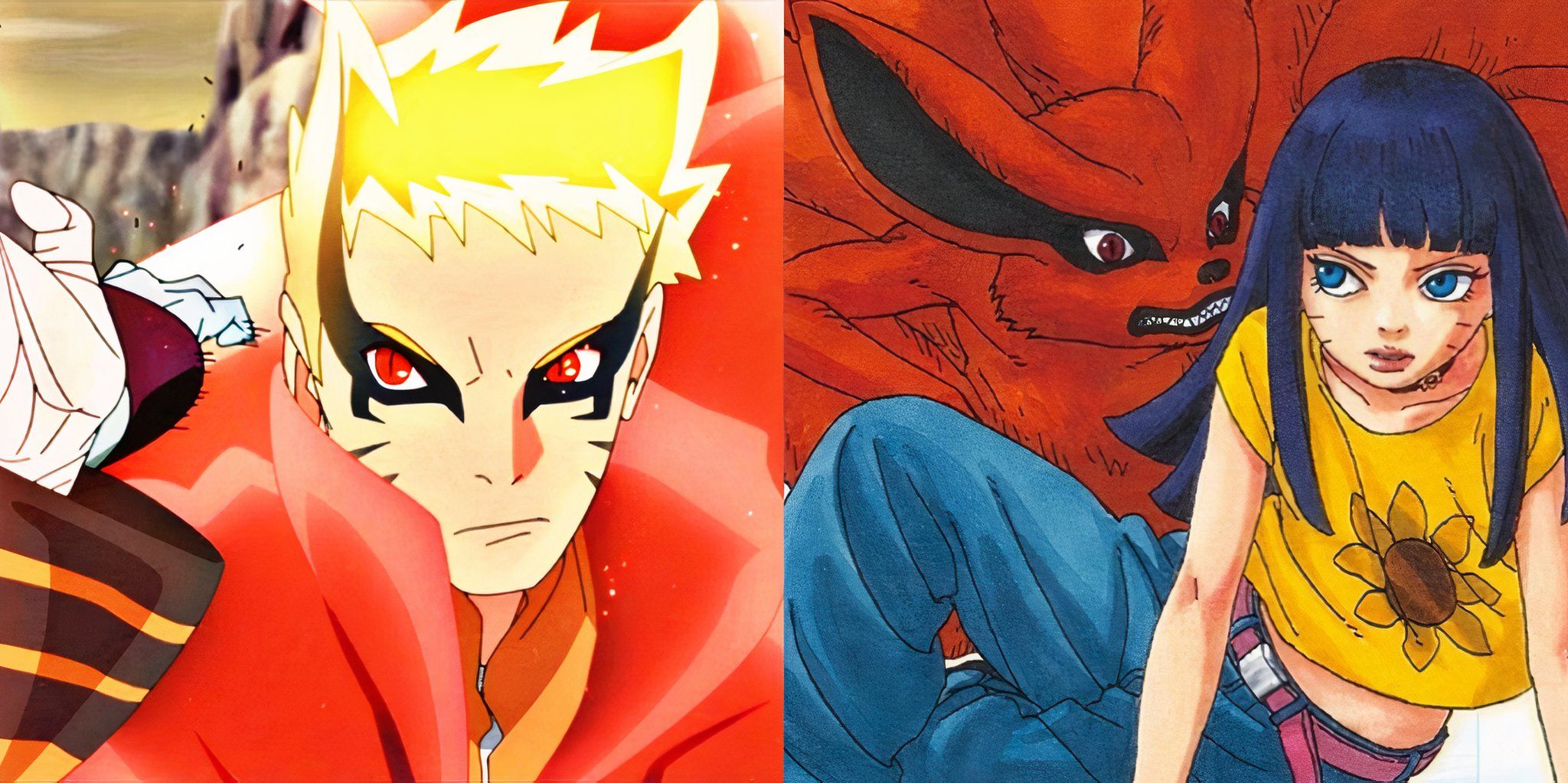
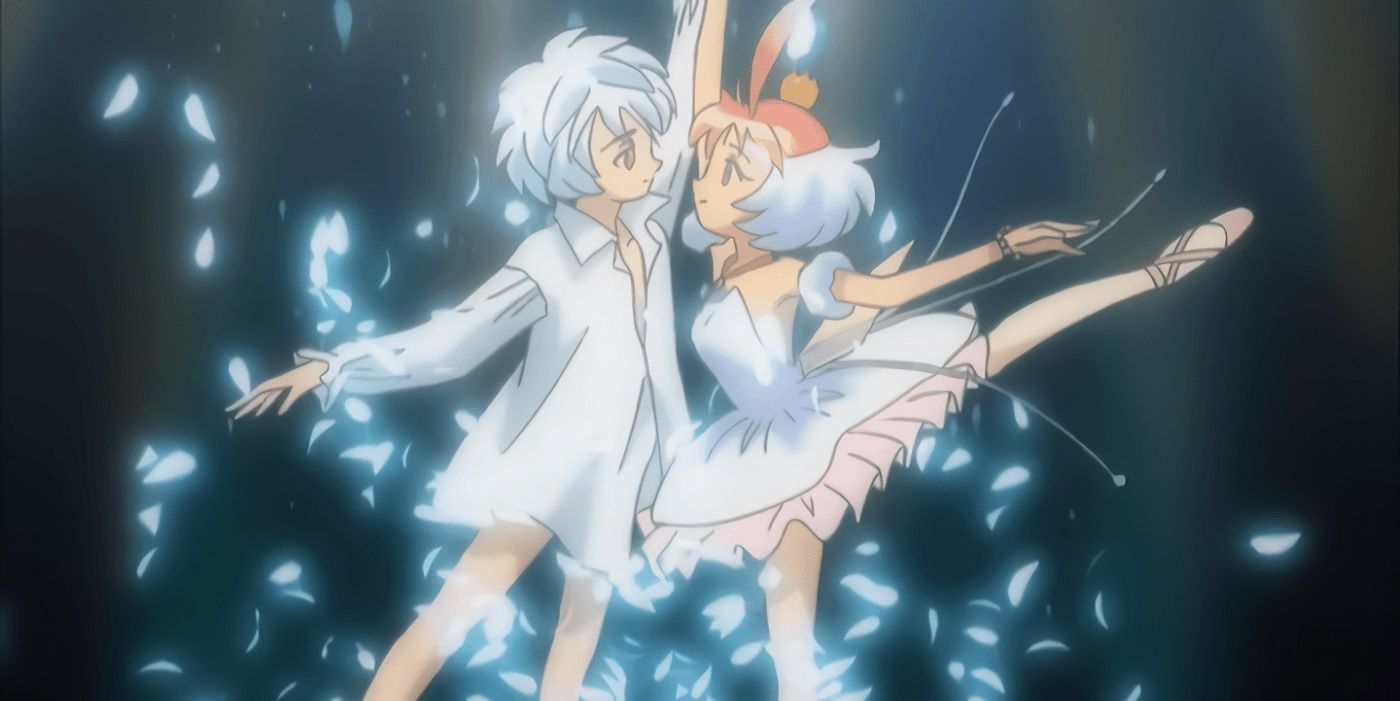
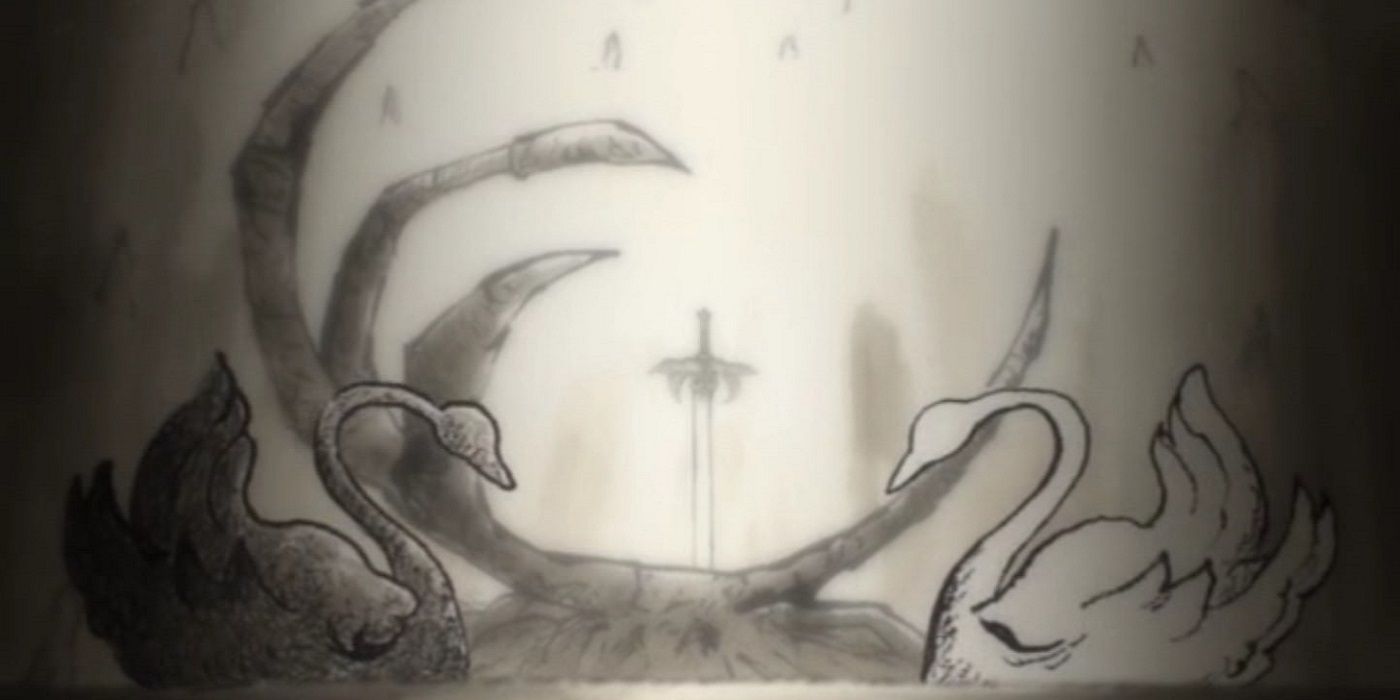
.jpg)
